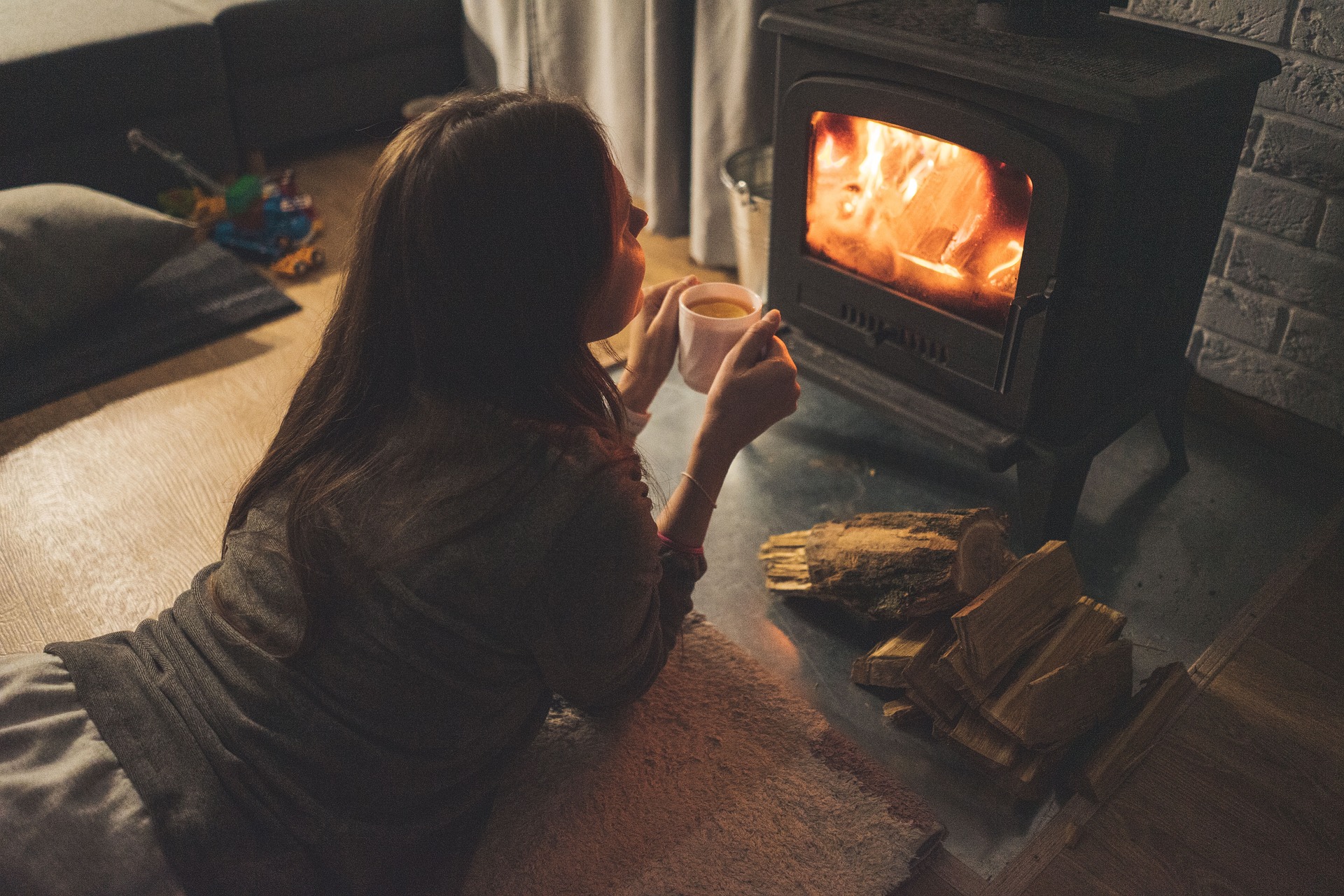
Biocidal effects
How Airora destroys viruses, bacteria and mould spores
Their air and surface sanitising properties first discovered by the UK’s Ministry of Defence in the early 1960s, hydroxyl radicals (often just called ‘hydroxyls’) are highly reactive molecules of oxygen and hydrogen (OH) that are continously produced in abundance in the lower atmosphere.
Hydroxyl radicals (hydroxyls) are lethal to all harmful viruses, bacteria and mould spores, including SARS-CoV-2 (Covid-19) and other Coronaviruses, MRSA, C.difficile, Salmonella, Norovirus, Flu Virus and Stachybotrys (black mould) — both in the air and on surfaces.
The Hydroxyl Cascade reaction condenses and preferentially coats the surfaces of viruses, bacteria, particles, and surfaces in general, with abundant hydroxyls; the hydroxyls rapidly inactivate the underlying bacteria, viruses and moulds.
Harmful bacteria succumb to hydroxyls because, being extremely small, hydroxyls are able to pass through the outer cell walls and oxidise the highly sensitive third membrane responsible for electron transport, rendering the whole organism non-viable.
Harmful viruses succumb to hydroxyls as hydroxyls disrupt their lipid envelope and/or protein shell and penetrate their interior, thereby disrupting their genome (RNA/DNA content).
Hydroxyl radicals are incredibly reactive and, as the Airora process produces a never-ending supply, even clumps of cells, thick layers and heavy cell walls (such as TB and spores) will eventually succumb.
Humans, animals, insects and even normal skin flora have evolved within an environment rich in hydroxyl radicals and are therefore immune to their actions.
Test results
Tests at the UK Government’s Health Protection Agency’s Centre for Emergency Preparedness & Response at Porton Down have shown that exposure to hydroxyl radicals created by our technology:
Destroyed 99.9999% of airborne MS2 Coliphage in less than 5 minutes
Destroyed 99.999% of airborne Staphylococcus Epidermidis in less than 2 minutes
Destroyed 99.9999% of surface concentration of MRSA on glass over a 24 hour period
Airora Vs.
How Airora neutralises and removes pollutants

Allergens
Allergens are neutralised and don’t produce an allergic reaction.
Allergens usually enter the respiratory system through the nose. Mast cells in the airways release mediators, which trigger the allergy attack. This attack is an overreaction of the body’s immune system to the invading allergens that have bonded with Immunoglobulin E (IgE) antibodies present on the surface of mast cells. This overeation leads to a release of histamine, which irritates the mucous membrane in the upper airways, manifesting itself, for example, through coughs and sneezes.
Hydroxyl radicals have been shown to reduce IgE-binding capacity of allergens through the degradation and modification of their tertiary structure and/or the induction of protein denaturation and/or aggregation. The resulting structure is no longer recognised by the body’s immune system and therefore histamine and other chemical mediators are not released.

VOCs and Common Pollutants
Volatile Organic Compounds (VOCs) and other common pollutants, including lung irritants, malodours and ultra-fine particles, are decomposed and removed over time.
Hydroxyl radicals react within 20-60 milliseconds with VOCs and initiate a series of fast, free radical chain reactions that continuously decompose VOCs and their byproducts, keeping air safe to breathe. These reactions are thousands of times faster than ionic reactions that characterise ionisation and plasma systems and a million times faster than ozone.
The cascade of secondary oxidants formed is more stable, and circulates throughout the treatment area to complete the purification process. Oxidant and byproduct concentrations are diluted to the safe levels found in nature, which range from 10-40 ppb.
Byproducts recirculate until they are fully oxidised – a process which “clips” off carbon atoms one at a time, forming carbon dioxide and water and, as smaller VOCs react more quickly, oxidation byproducts like formaldehyde or acetaldehyde don’t accumulate.
Ultra-fine particles (less than 0.1 microns) are known to be potentially harmful to health, make up around 90% of all airborne particles and are too small to be captured by a HEPA filter. Typically, about a half of ultra-fine particles are particle-phase organic carbon which are subject to heterogeneous oxidation by the gas-phase hydroxyl radical. The amount of particle-phase carbon decreases with oxidation, due to fragmentation (C – C scission) reactions that form small, volatile products that escape to the gas-phase.

Ozone and Carbon Monoxide
While ozone is naturally occuring and ubiquitous, very high levels of ozone may cause multiple breathing problems, and if you have asthma, bronchitis, or emphysema, can make your symptoms worse. Airoa’s unique ozone control mechanism ensures that the ozone level in the room doesn’t rise above a healthy level, well below all regulatory and advisory limits.
Carbon monoxide at low concentrations is harmless, but at high concentrations is toxic resulting in carbon monoxide poisoning.
Hydroxyl radicals have a strong tendency to remove (abstract) a hydrogen atom from organic species (RH) whenever possible. The organic radical (R) then reacts with oxygen (O2) to form organic peroxides (RO2).
On a global scale, OH reacts primarily with carbon monoxide (40%) to form carbon dioxide, around 30% of the OH produced is removed from the atmosphere in reactions breaking down organic compounds and 15% reacts with methane (CH4). The remaining 15% reacts with and reduces ozone (O3), hydroperoxy radicals (HO2) and hydrogen gas (H2).

